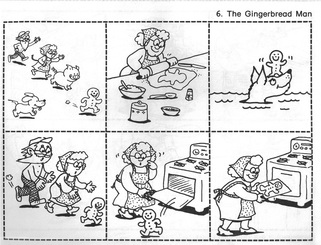Designing assessments: Extensive Speaking
Extensive speaking tasks involve complex,
relatively lengthy stretches of discourse. They are frequently variations on
monologues, usually with minimal verbal interaction.
ORAL
PRESENTATIONS

Rules for effective assessment:
(A) Specify the criterion
(B) Set appropriate tasks
(C) Elicit optimal output
(D) Establish practical, reliable scoring
procedures
For oral presentations, a checklist or grid
is a common means of scoring or evaluation. Holistic scores are tempting to use
for their apparent practicality, but they may obscure the variability of performance
across several subcategories, especially the two major components of content
and delivery.
PICTURE-CUED STORY-TELLING

One of the most common techniques for
eliciting oral production is through visual pictures, photographs, diagrams,
and charts. A picture is considered as a stimulus for a longer story or description.
RETELLING
A STORY, NEWS EVENT

In this type of task, test-takers hear or
read a story or news event that they are asked to retell. The objectives of
this task are to produce a number of oral discourse features, fluency, and
interaction with the hearer.
TRANSLATION
(OF EXTENDED PROSE)
![]()
Here, longer texts are presented for the
test-taker to read in the native language and then translate into English. The advantage
of translation is in the control of the content, vocabulary and, to some
extent, the grammatical and discourse features. The disadvantage is that the
translation of longer texts is a highly specialized skill for which some
individuals obtain post-baccalaureate degrees.
Comentarios
Publicar un comentario